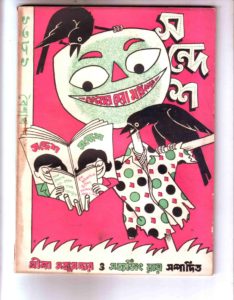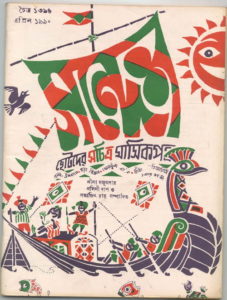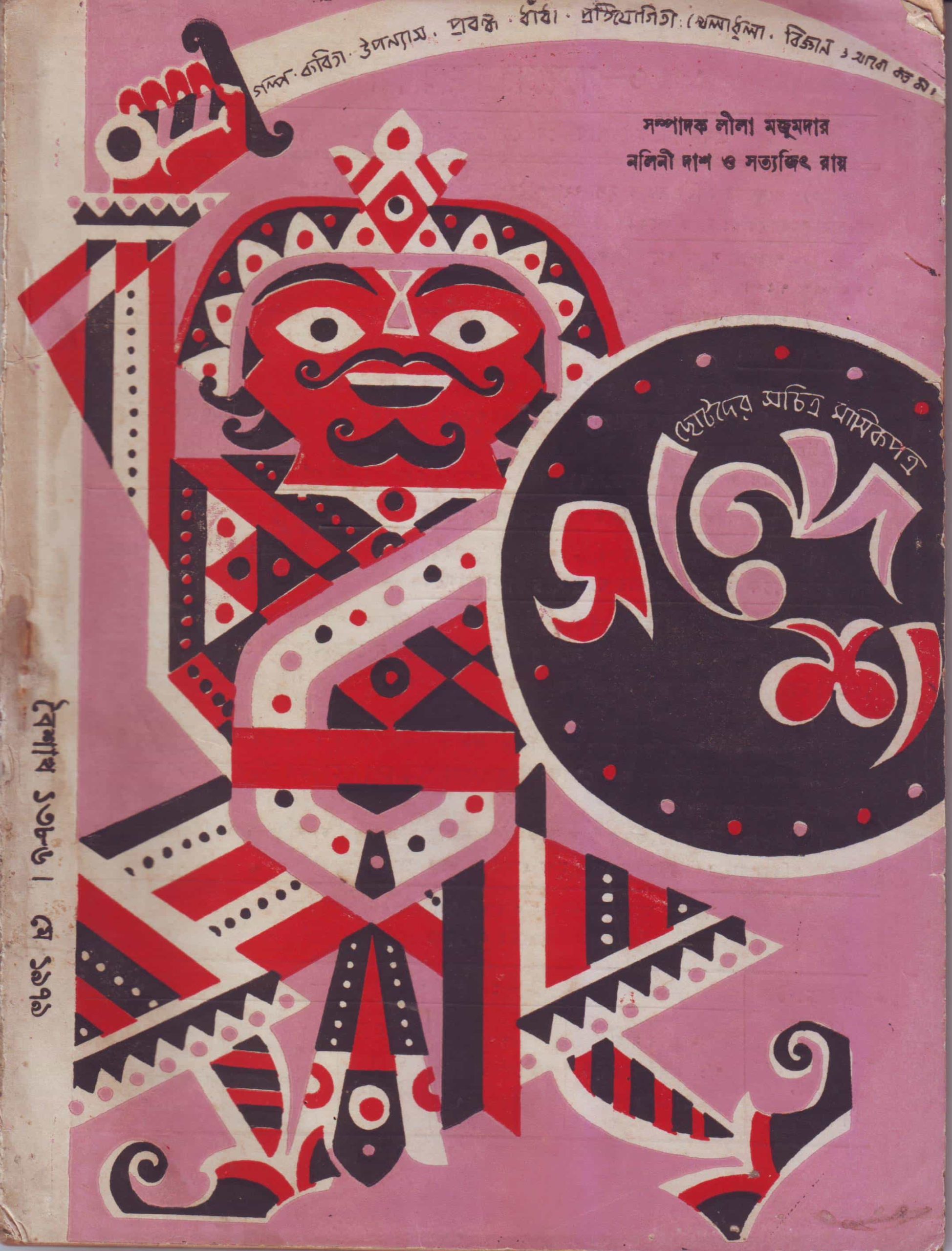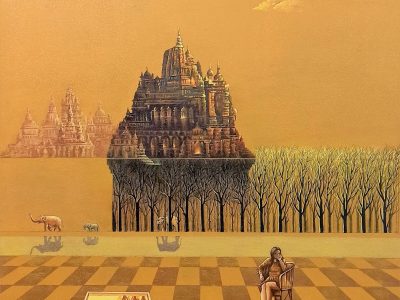India International Centre’s exhibition Aap kya Sandesh Laya celebrates Satyajit Ray and his contribution in the world of literature
Celebrating the centenary year of legendary filmmaker, writer, illustrator and music composer – Satyajit Ray, India International Centre brings to you ‘Pen, Ink, Action: Satyajit Ray at 100’.
As a part of this series, an ongoing exhibition Aap kya Sandesh Laya, presents a selection of Sandesh (Bengali: Shondesh) covers, illustrated by Satyajit Ray. Sandesh meaning both information as well as sweetmeat, is the iconic Bengali children’s magazine started by Ray’s grandfather, Upendrakishore Raychaudhury in 1913.
In 1961, Satyajit Ray relaunched the children’s magazine Sandesh that was originally founded by his grandfather. As the editor of the magazine, Ray, a prolific illustrator, painted and designed each of the covers apart from contributing his own stories, creating riddles, puzzles, editing and illustrating other contributors’ works.

For generations of Bengalis, Sandesh was a beloved magazine. Readers would anticipate for the next edition as each cover had its own distinct style.
Making it more appealing, the cover designs incorporated colourful geometric and floral patterns in saturated primary colours with lines and textures similar to wood block printing. Often using different folk motifs, motifs from traditional day-to-day rangolis (in Bengal, alpana) or the pattachitra style of narrative painting.
Experimenting with creative illustrations, he created four comic strips for Sandesh. However, these comic strips were ‘silent’, the characters did not converse with each other, leaving the narrative to the reader’s imagination. Constantly experimenting, using ink and pen, pencil, watercolours and ordinary poster paint in different stylisations, Ray’s illustrations are striking in the way they marry playfulness with strong lines.

Since the time of its publication, Sandesh was usually printed in the standard size of 7.5 inches x 9.5 inches. However, for a few years from 1970 to 1973, Ray experimented with a new size as an innovation to try and inspire a child’s imagination.
For readers, every cover of Sandesh was a constant source of surprise and delight, as with each issue, Ray played around with the word ‘Sandesh’ using different calligraphic and typographic styles.

Satyajit Ray was a multifaceted genius who will be remembered as much for his graphic designing and illustrations as for his storytelling prowess. Since Ray’s passing in 1992, Sandesh continues to be published with his son Sandip Ray at the helm and is now also available online. The covers remain those created and designed by Satyajit Ray during his lifetime.
The exhibition can be viewed on the website of India International Centre till June 27





